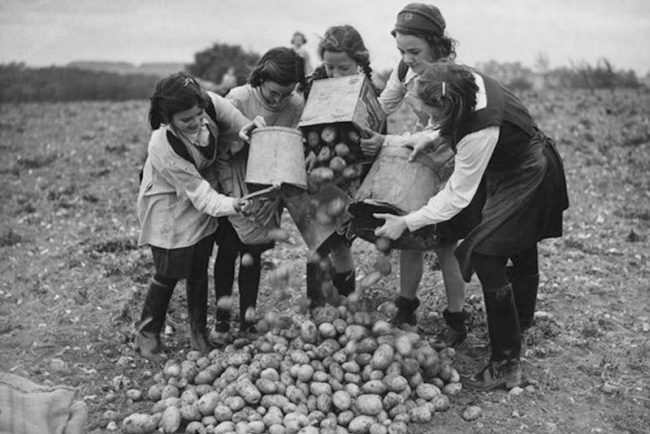In contemporary times it’s hard to imagine Europeans ever being wary of potatoes, but tubers weren’t native to the continent, and because they belong to the family Solanaceae, which includes poisonous plants like nightshade, there was resistance.
Fittingly, the Irish were first to the table.
History of the Potato in Europe
In 1536, Spanish Conquistadors in Peru discovered the flavors of the potato and transported them to Europe. At first, the vegetable was not widely accepted. Sir Walter Raleigh introduced potatoes to Ireland in 1589, but it took nearly four decades for the potato to spread to the rest of Europe. It wasn’t until Prussia’s King Fredrick planted potatoes during wartime hoping that peasants would start eating them.
It is a quirk of history that among the many other reasons to study the life and times of Prussian monarch Frederick the Great, there is his role in the creation of Kartoffelklöße (German Potato Dumplings).
WALKING THE GROUNDS OF SANSSOUCI PALACE in Potsdam, you might stumble across a peculiar gravestone that is covered with potatoes. Perhaps even more confusingly, the stone bears the name of King Fredrick the Great of Prussia. While this may seem odd, it is actually a sign of respect and gratitude to Der Kartoffelkönig (“the potato king”).
A potato on Frederick the Great’s grave makes sense, although I have to say it’s not quite the same in terms of visceral impact as visiting Père Lachaise Cemetery back in the old days with a bottle of wine, and communing with Jim Morrison.
Photo credit: How Did Potatoes Become Political in Wartime?, at History Hit.






















